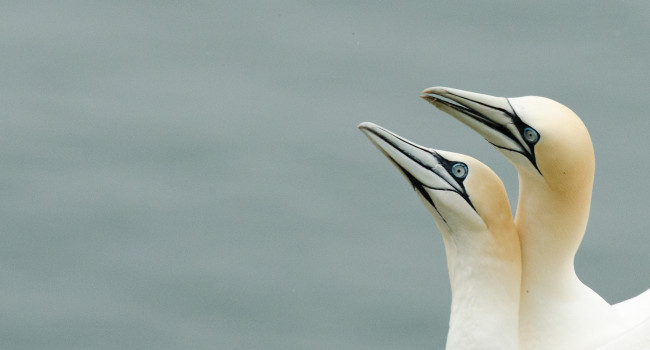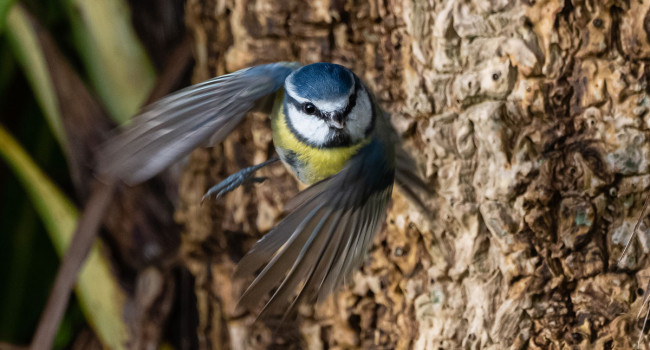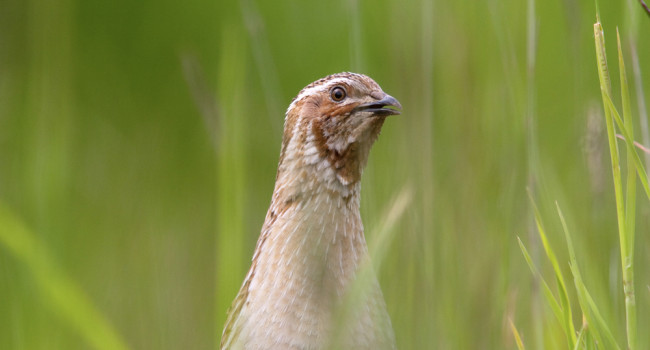WeBS Report: Waterbirds winging n’westwards
27 Apr 2023
The latest BTO/RSPB/JNCC Wetland Bird Survey (WeBS) and BTO/JNCC/NatureScot Goose & Swan Monitoring Programme (GSMP) report has been published.
It includes data up to June 2022, following a one-year reporting hiatus due to data gaps caused by COVID-19 pandemic restrictions. A record number of volunteers took part, increasing site coverage by 10%.
The report highlights waterbird populations that winter or stop off on migration in the UK after breeding in Iceland, Greenland and Canada. Icelandic populations of Black-tailed Godwit, Whooper Swan and Pink-footed Goose have increased, partially in response to warmer springs. But others are doing less well, such as the Welsh wintering population of Greenland White-fronted Goose.
The report also discusses recent research which has highlighted the potential impacts of storm surges and sea level rise on Red-breasted Merganser nesting habitat in the Canadian Arctic. With avian influenza continuing to hit the headlines, it is possible that this migratory route was how it reached the Americas.
The summary report has increased in size to include full results from GSMP surveys including the Icelandic-breeding Goose Census, with 2021 population estimates of 418,501 Pink-footed Geese and 65,693 Icelandic Greylag Geese.
Ten and 25-year trends for wintering waterbirds are available for the UK, Great Britain, Wales, Scotland, England and Northern Ireland. All species indices can be viewed via the WeBS Report Online interface, along with species peak counts for all individual wetland sites from 1966/67 onwards.
Why not explore how waterbird communities are changing at a place near you?
Read the 2023 Report





Share this page